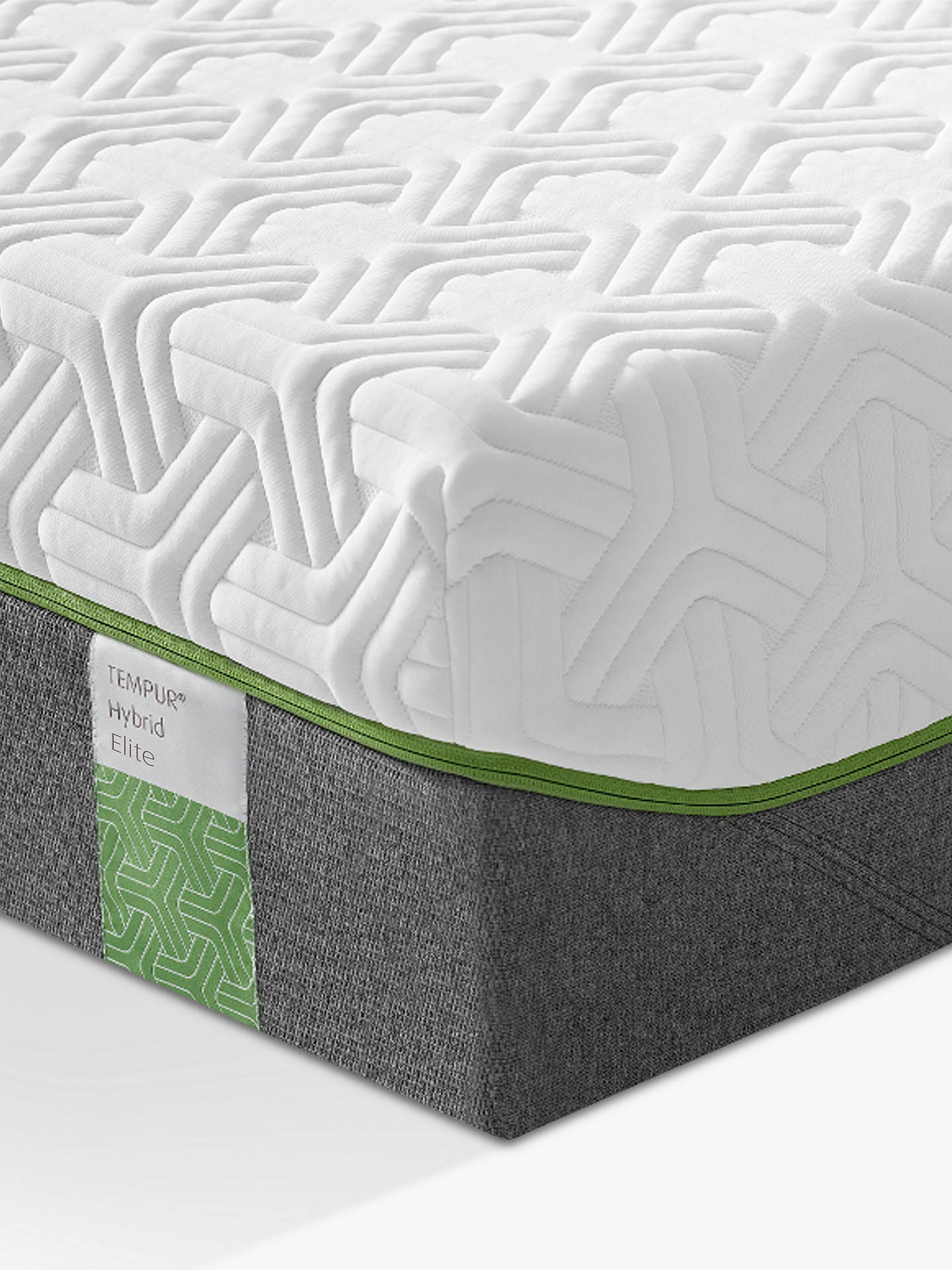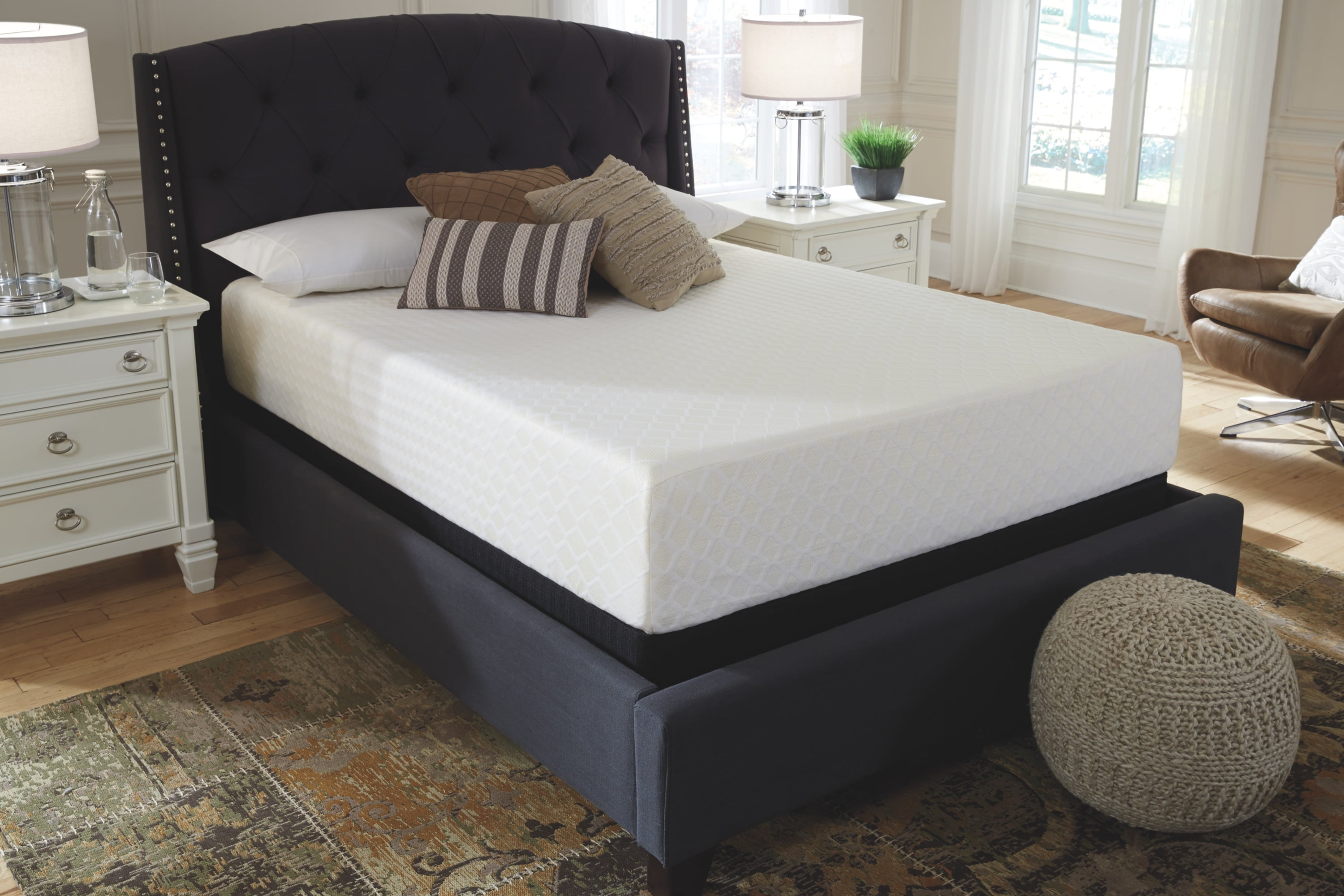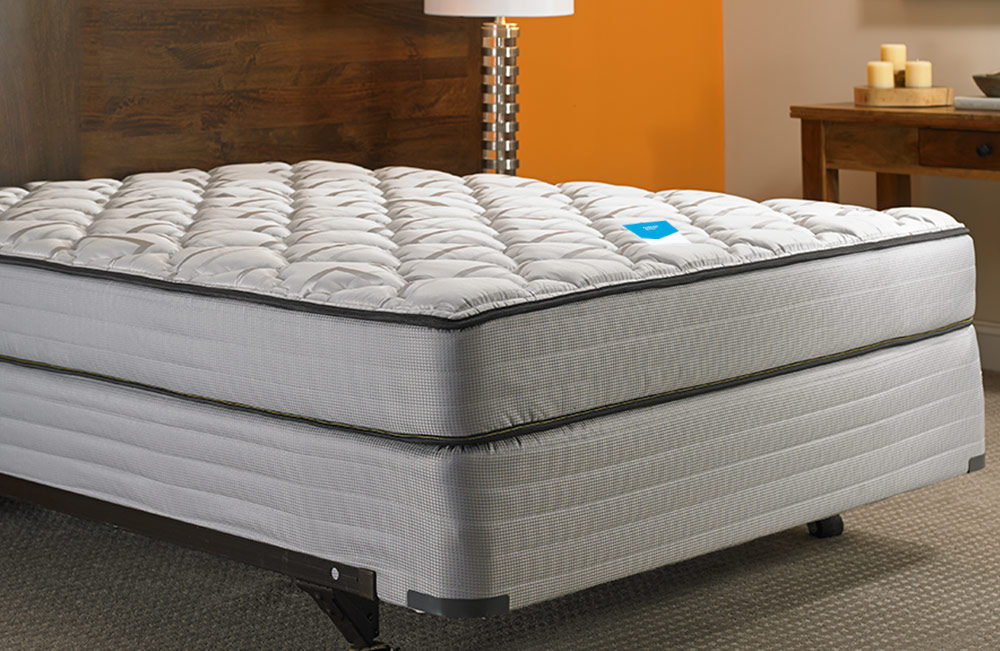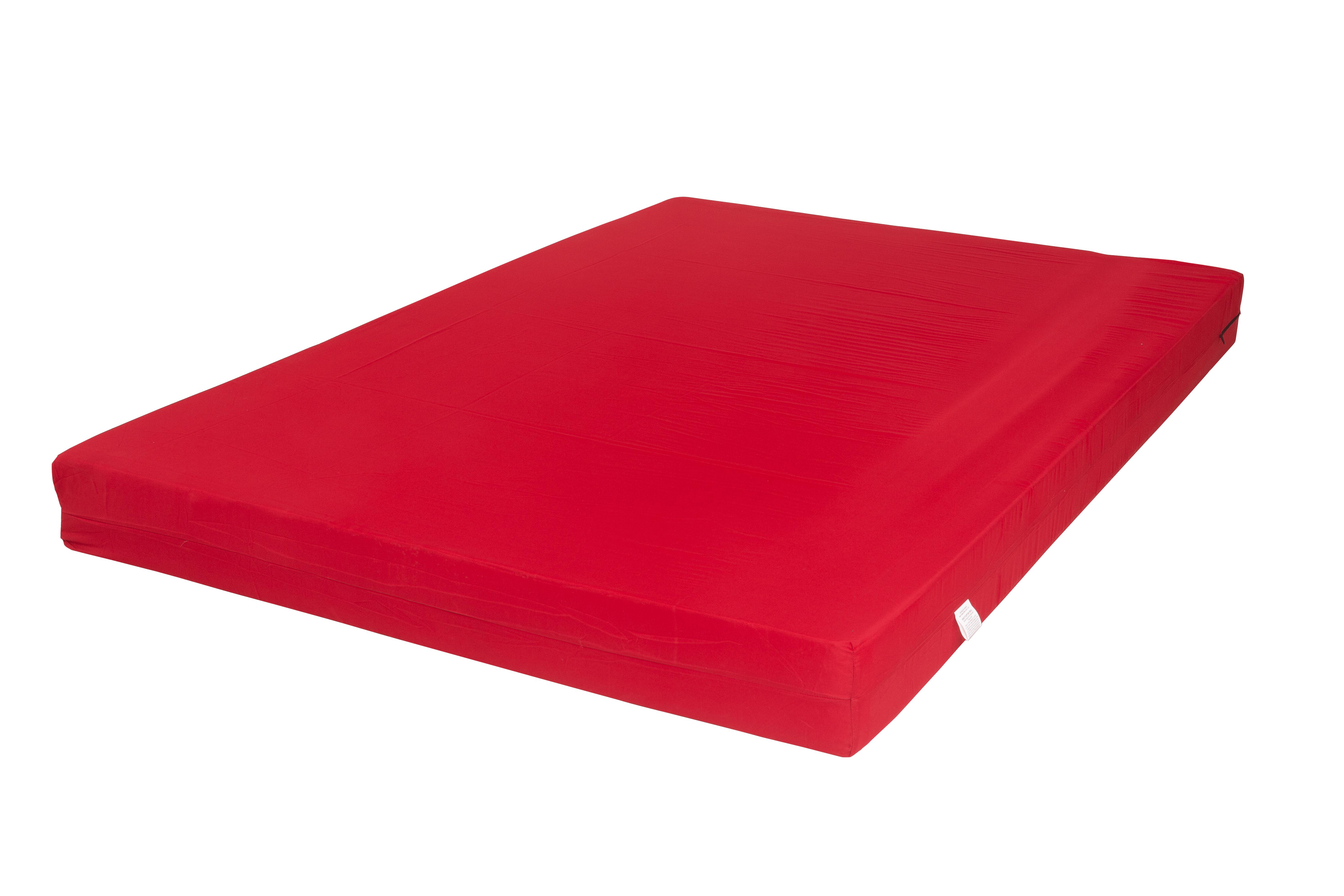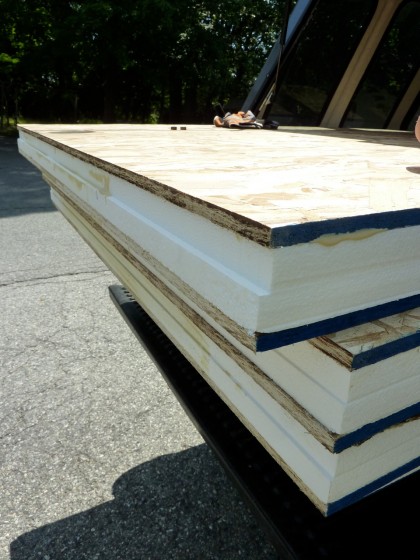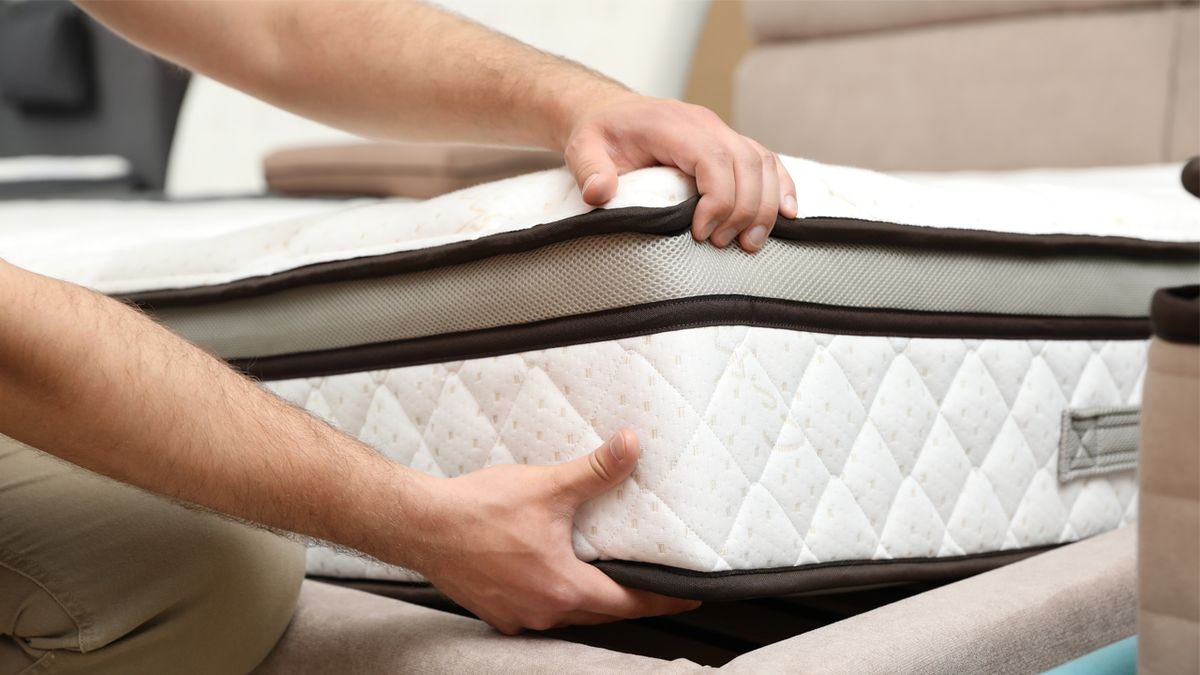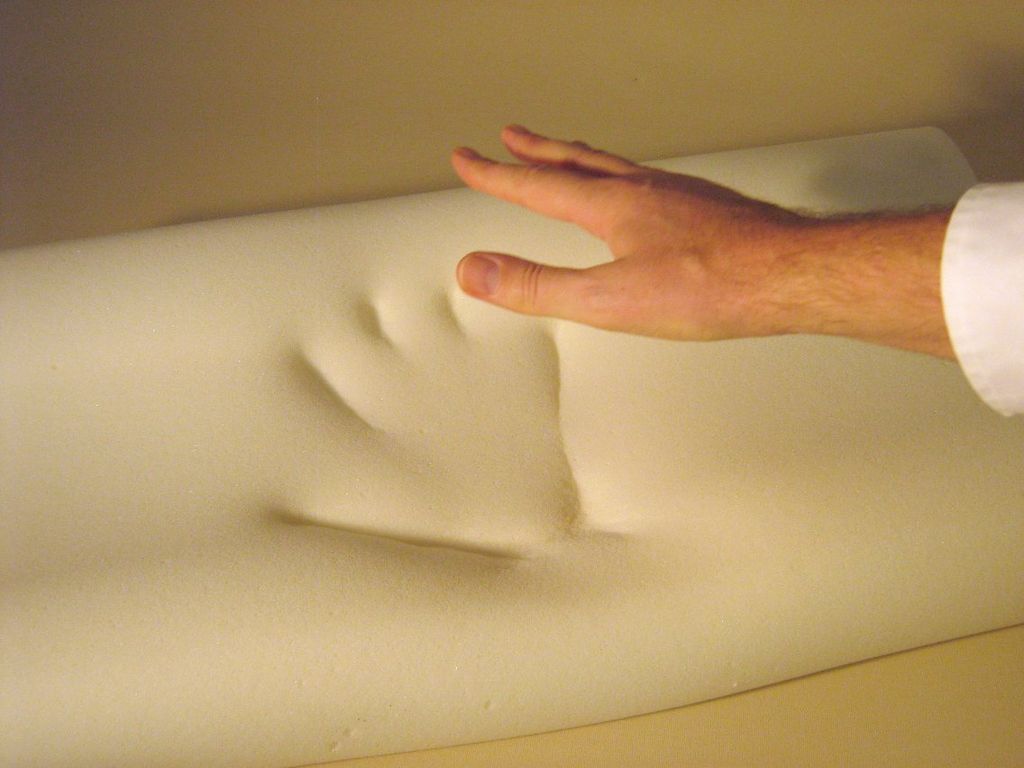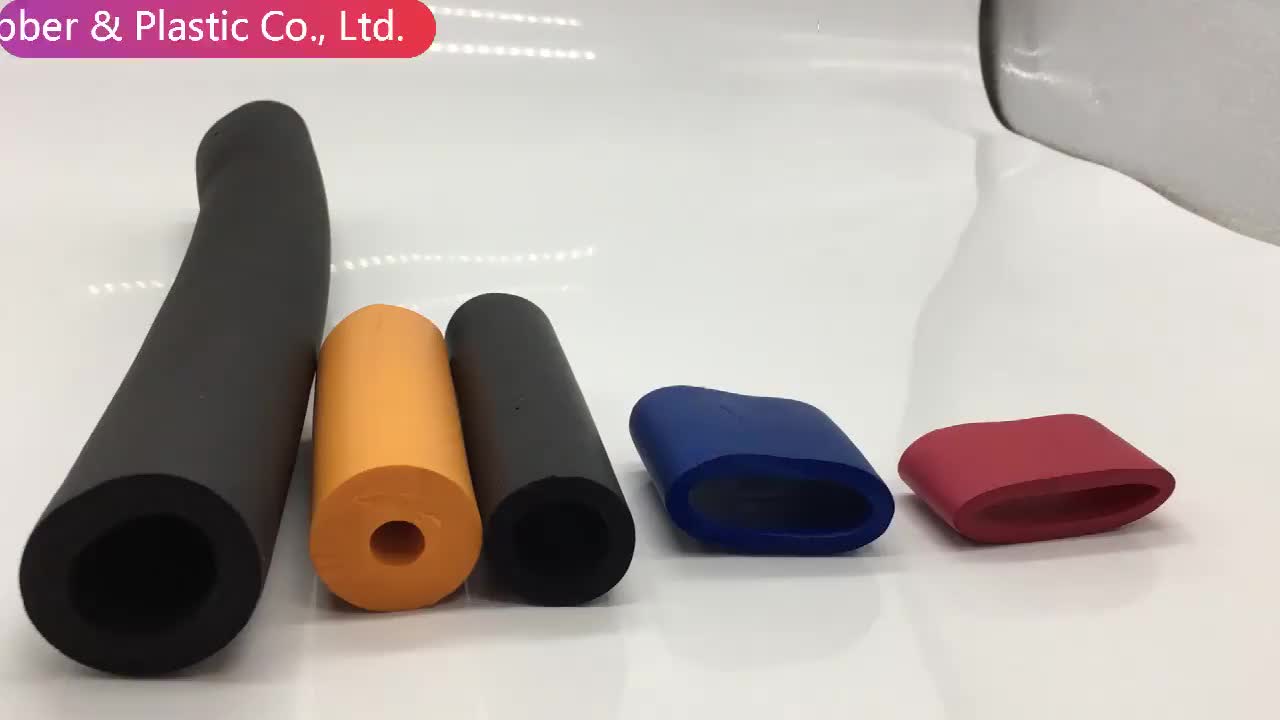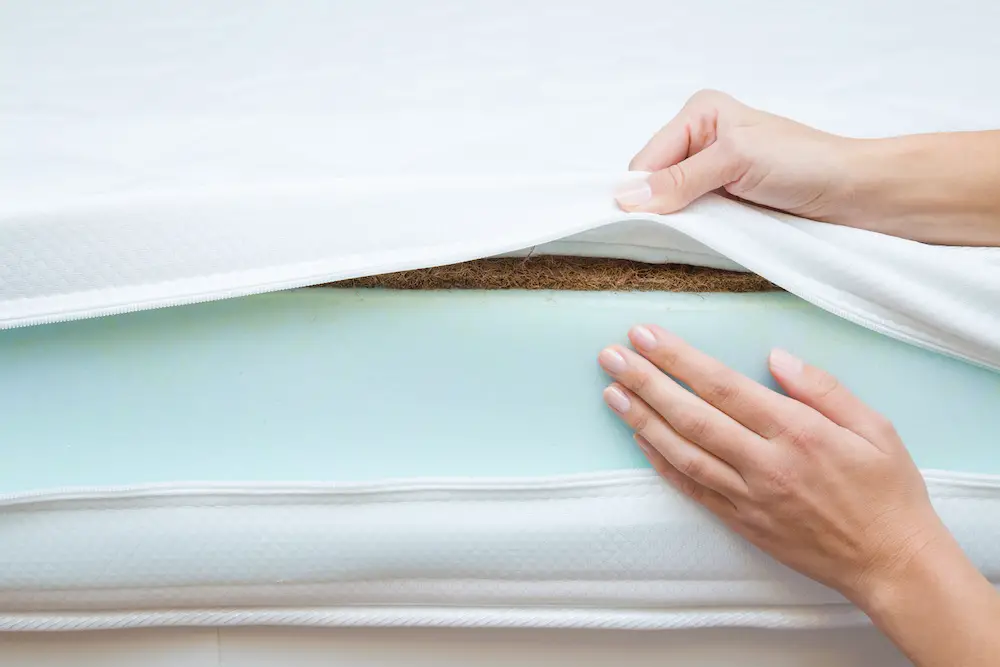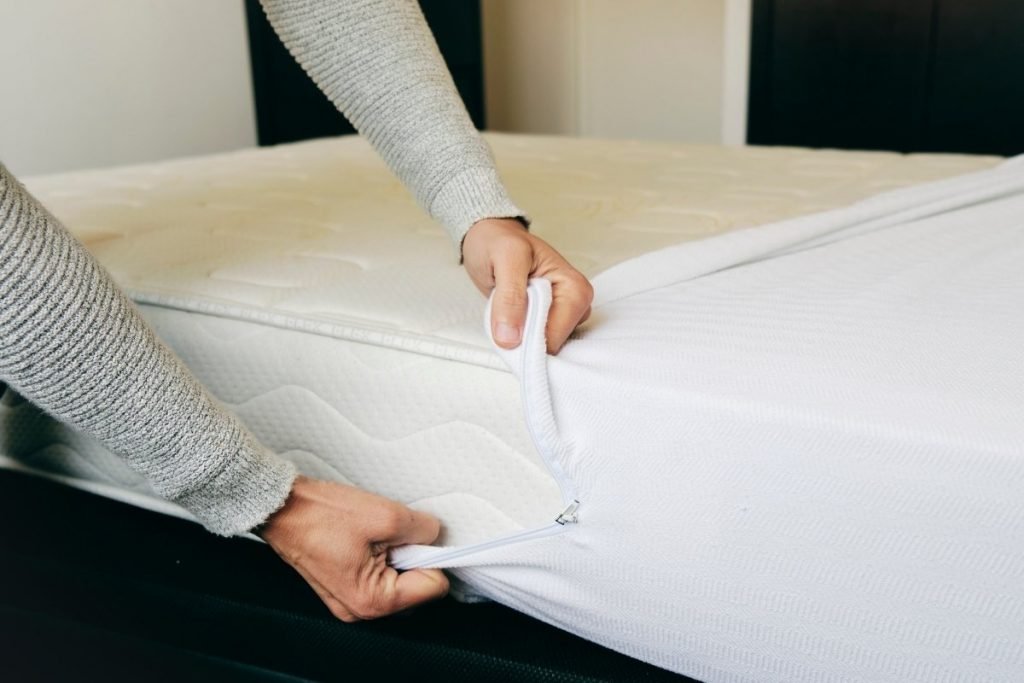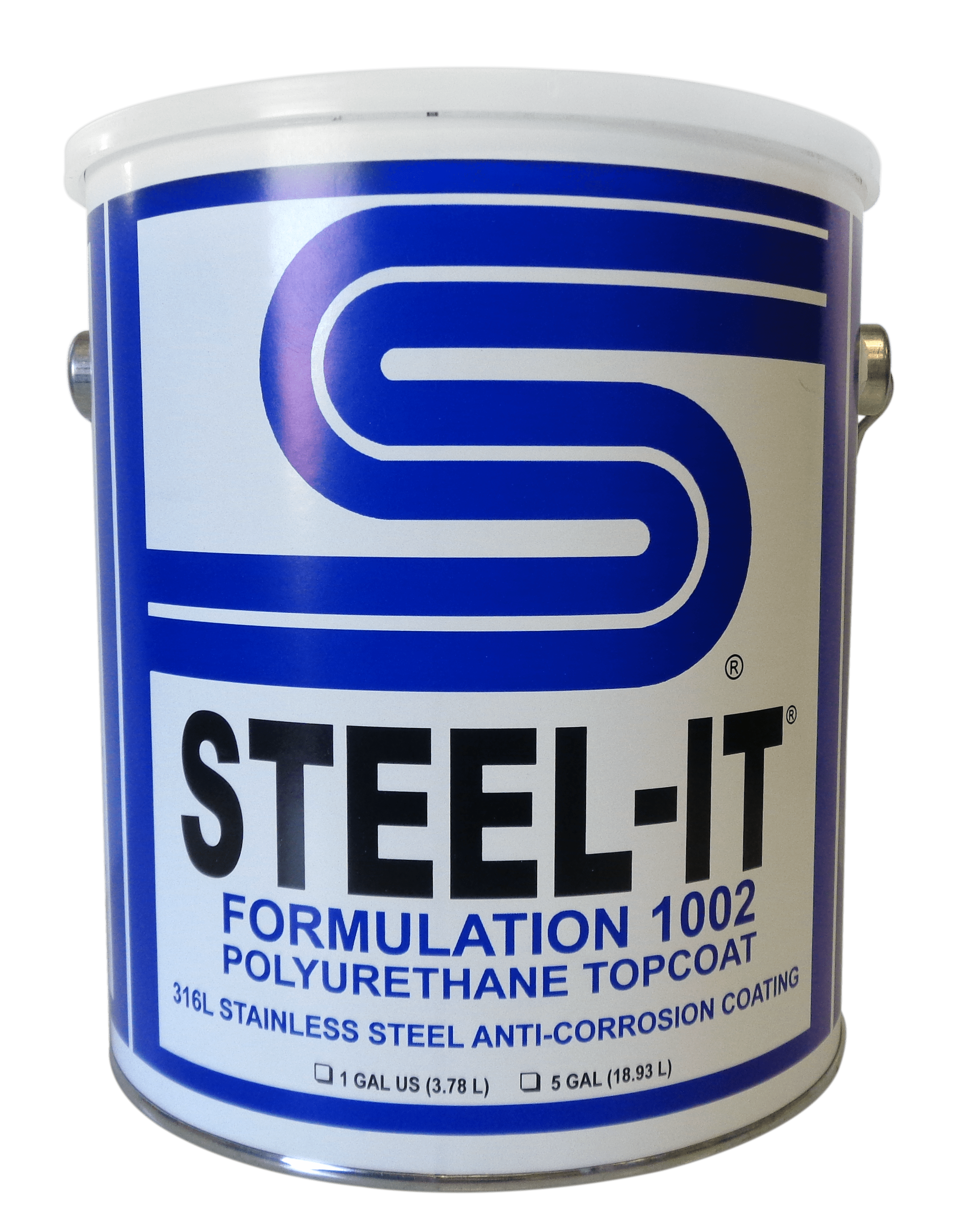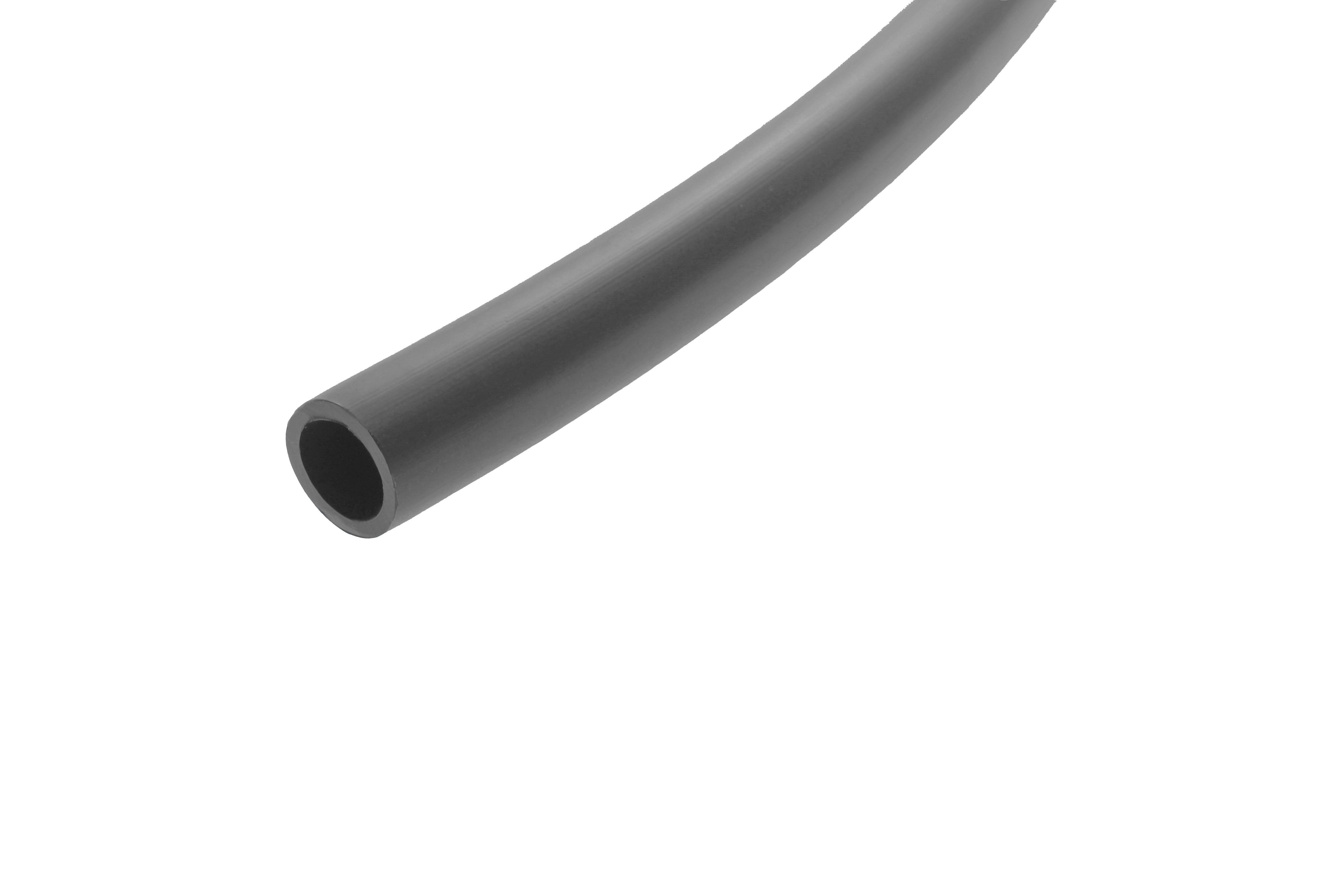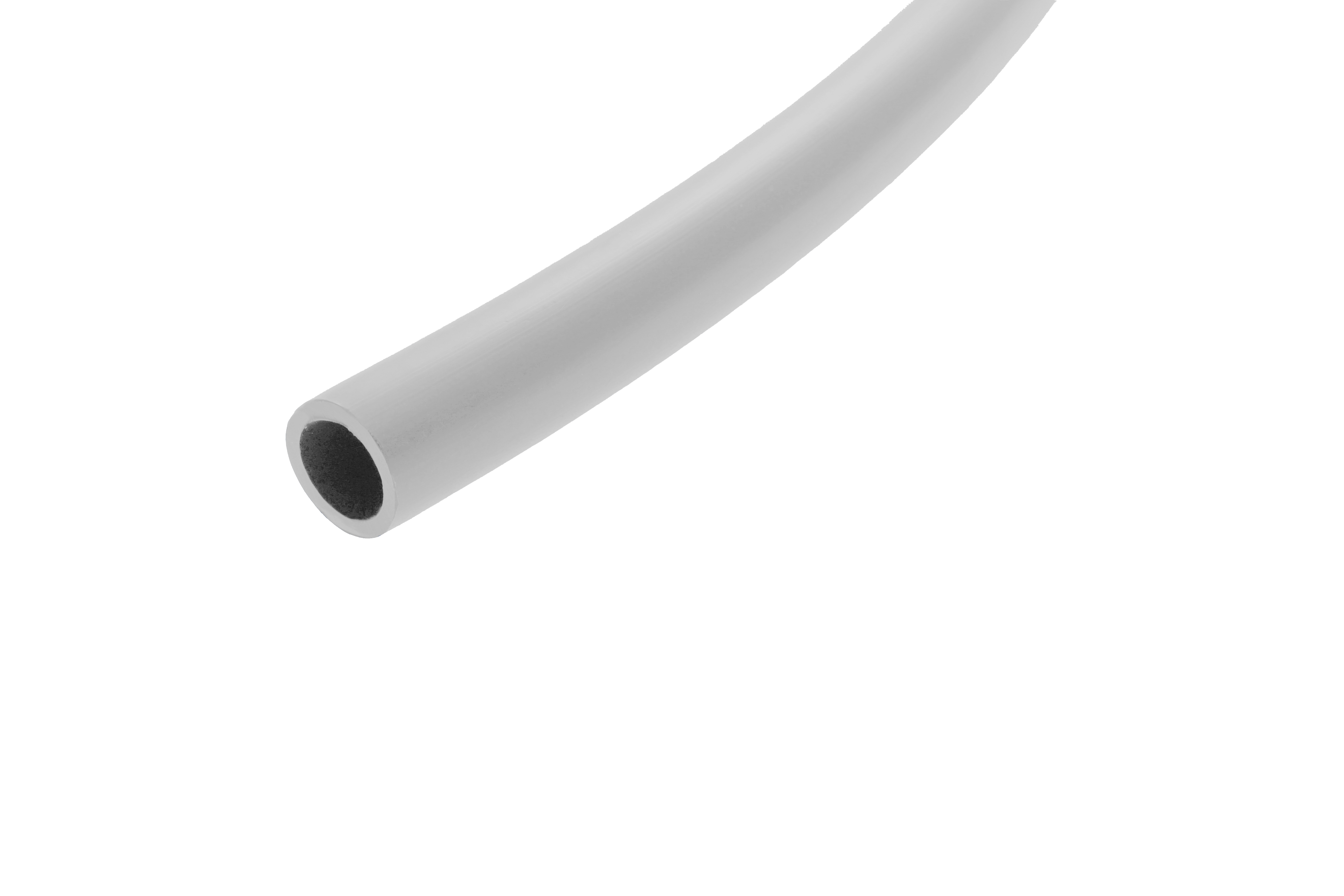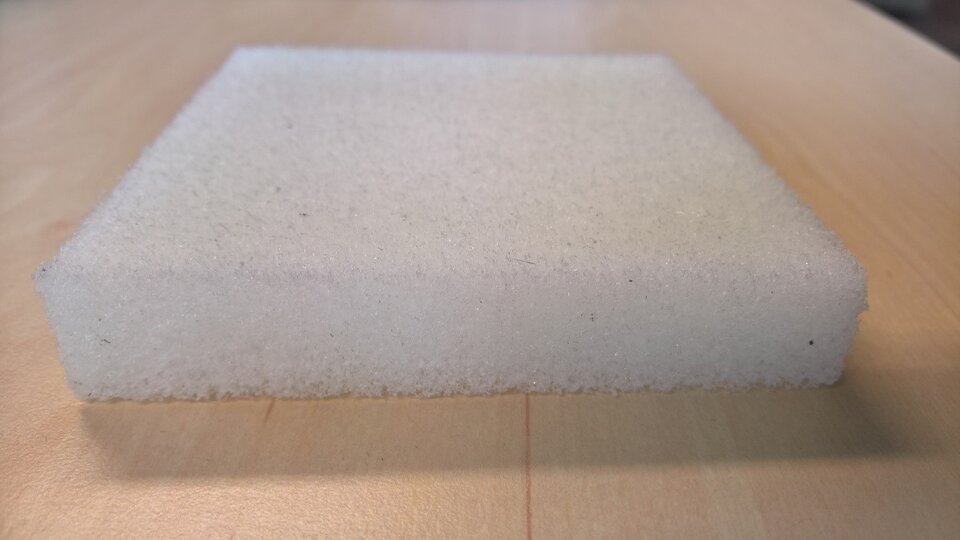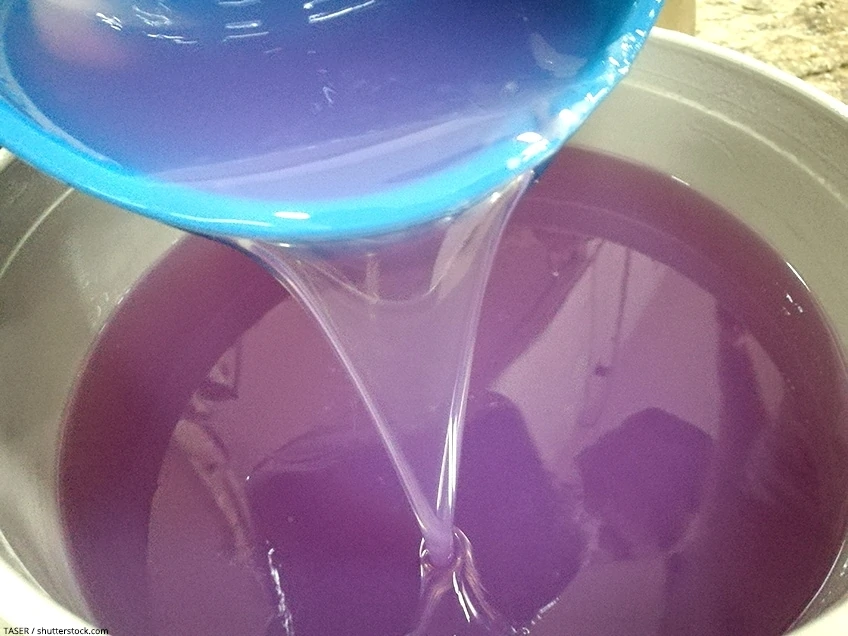The Dangers of Polyurethane Foam Mattress Outgassing
If you're in the market for a new mattress, you may have come across the term "polyurethane foam mattress outgassing." While it may sound like a mouthful, this phenomenon can have serious consequences for your health. In this article, we'll explore the top 10 dangers of polyurethane foam mattress outgassing and why you should be wary of this material when choosing a new mattress.
Understanding Polyurethane Foam
Polyurethane foam is a type of material commonly used in mattresses, furniture, and other household items. It's known for its softness and ability to conform to the body, making it a popular choice for comfort. However, what many people don't realize is that polyurethane foam is made from a combination of chemicals that can release toxic fumes over time, a process known as outgassing.
What is Mattress Outgassing?
Mattress outgassing is the release of chemicals from the materials used to make a mattress. This process occurs over time, often referred to as "off-gassing." When a mattress is made with polyurethane foam, it can emit volatile organic compounds (VOCs) into the air, which can be harmful to the human body.
The Dangers of Outgassing Foam
Outgassing foam can pose a variety of health risks, including respiratory issues, skin irritation, and even potential damage to the central nervous system. The chemicals released can also contribute to poor indoor air quality, which can be especially troublesome for those with allergies or asthma.
Common Symptoms of Outgassing
If you're sleeping on a polyurethane foam mattress that is outgassing, you may experience a range of symptoms, including headaches, dizziness, nausea, and difficulty breathing. These symptoms can be particularly problematic for babies and young children, as their developing bodies are more vulnerable to the effects of chemicals.
How to Identify Outgassing Foam
It can be challenging to determine if your mattress is outgassing, as the process can occur over an extended period. However, some telltale signs may include a strong chemical smell, visible discoloration or yellowing of the foam, or skin irritation after coming into contact with the mattress.
Alternatives to Polyurethane Foam Mattresses
Fortunately, there are plenty of alternatives to polyurethane foam mattresses that do not pose the same health risks. Natural materials such as latex, wool, and cotton are excellent options for those looking for a safe, non-toxic mattress. These materials are also more eco-friendly and sustainable, making them a better choice for the environment.
How to Minimize Outgassing from Your Mattress
If you already have a polyurethane foam mattress and are concerned about outgassing, there are a few things you can do to minimize the effects. First, make sure to air out your mattress regularly by opening windows and letting fresh air circulate. You can also use a mattress cover or protector made from natural materials to create a barrier between you and the foam.
Long-Term Effects of Outgassing Foam
While the immediate symptoms of outgassing can be uncomfortable and concerning, the long-term effects can be even more severe. Exposure to VOCs over an extended period has been linked to a range of health issues, including respiratory problems, neurological disorders, and even certain types of cancer.
Protecting Your Health and the Environment
When it comes to choosing a mattress, it's essential to consider not only your own health but also the health of the environment. By opting for natural materials and avoiding polyurethane foam, you can reduce your exposure to harmful chemicals and contribute to a more sustainable future.
The Dangers of Polyurethane Foam Mattress Outgassing
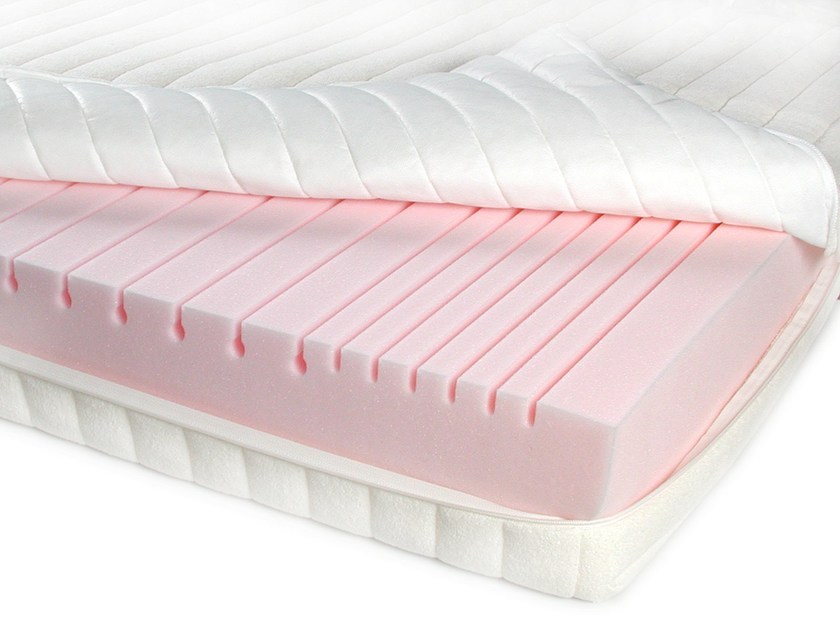
What is Polyurethane Foam Mattress Outgassing?
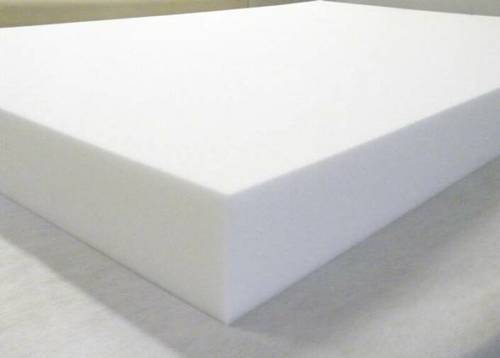 If you've recently purchased a new mattress, chances are you chose one made of polyurethane foam. This type of foam has become increasingly popular due to its comfort and affordability. However, what many people don't realize is that polyurethane foam mattresses can release harmful chemicals into the air through a process known as outgassing.
Polyurethane foam mattresses are made from petrochemicals and other synthetic materials, which are known to emit volatile organic compounds (VOCs).
These chemicals can include formaldehyde, benzene, and toluene, which are all known carcinogens. When you first bring a new polyurethane foam mattress into your home, these chemicals can quickly begin to off-gas and contaminate the air in your bedroom.
If you've recently purchased a new mattress, chances are you chose one made of polyurethane foam. This type of foam has become increasingly popular due to its comfort and affordability. However, what many people don't realize is that polyurethane foam mattresses can release harmful chemicals into the air through a process known as outgassing.
Polyurethane foam mattresses are made from petrochemicals and other synthetic materials, which are known to emit volatile organic compounds (VOCs).
These chemicals can include formaldehyde, benzene, and toluene, which are all known carcinogens. When you first bring a new polyurethane foam mattress into your home, these chemicals can quickly begin to off-gas and contaminate the air in your bedroom.
The Dangers of Polyurethane Foam Mattress Outgassing
 The release of VOCs from polyurethane foam mattresses can have serious consequences for your health. These chemicals can cause irritation to the eyes, nose, and throat, as well as headaches, dizziness, and fatigue. Prolonged exposure to VOCs has also been linked to more serious health issues such as respiratory problems, organ damage, and even cancer.
Furthermore, polyurethane foam mattresses can also emit a chemical called methylene diphenyl diisocyanate (MDI), which has been linked to asthma and other respiratory conditions.
This is especially concerning for those who already suffer from asthma or allergies, as the presence of MDI can worsen their symptoms and make it difficult to get a good night's sleep.
The release of VOCs from polyurethane foam mattresses can have serious consequences for your health. These chemicals can cause irritation to the eyes, nose, and throat, as well as headaches, dizziness, and fatigue. Prolonged exposure to VOCs has also been linked to more serious health issues such as respiratory problems, organ damage, and even cancer.
Furthermore, polyurethane foam mattresses can also emit a chemical called methylene diphenyl diisocyanate (MDI), which has been linked to asthma and other respiratory conditions.
This is especially concerning for those who already suffer from asthma or allergies, as the presence of MDI can worsen their symptoms and make it difficult to get a good night's sleep.
Protecting Yourself from Polyurethane Foam Mattress Outgassing
 So, what can you do to protect yourself from the dangers of polyurethane foam mattress outgassing? The best solution is to avoid purchasing these types of mattresses altogether. Instead, opt for
organic and natural materials such as cotton, wool, or latex, which are free from harmful chemicals and have a lower risk of outgassing.
These materials may be more expensive, but they are a worthwhile investment for your health and well-being.
If you already have a polyurethane foam mattress, there are steps you can take to reduce the amount of outgassing that occurs.
Allow your mattress to air out in a well-ventilated room for at least a week before using it.
You can also use a mattress cover made of natural materials to help trap any off-gassed chemicals.
So, what can you do to protect yourself from the dangers of polyurethane foam mattress outgassing? The best solution is to avoid purchasing these types of mattresses altogether. Instead, opt for
organic and natural materials such as cotton, wool, or latex, which are free from harmful chemicals and have a lower risk of outgassing.
These materials may be more expensive, but they are a worthwhile investment for your health and well-being.
If you already have a polyurethane foam mattress, there are steps you can take to reduce the amount of outgassing that occurs.
Allow your mattress to air out in a well-ventilated room for at least a week before using it.
You can also use a mattress cover made of natural materials to help trap any off-gassed chemicals.
In Conclusion
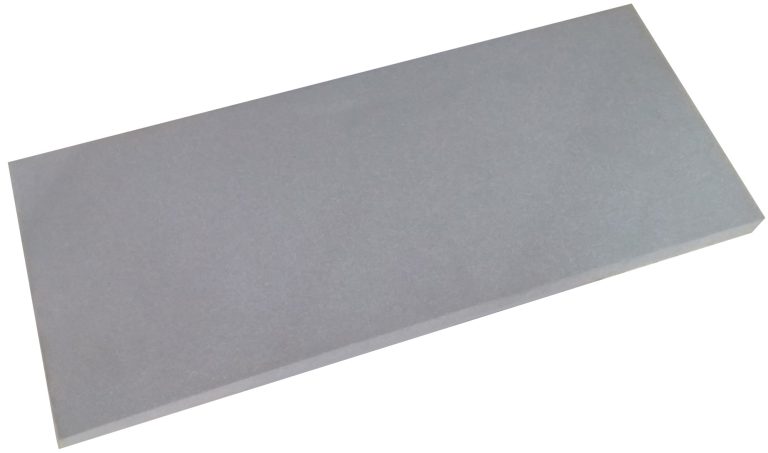 While polyurethane foam mattresses may seem like a comfortable and affordable option, the dangers of outgassing should not be overlooked. By
choosing natural and organic materials for your mattress
and taking precautions to reduce outgassing, you can protect yourself and your loved ones from the harmful effects of polyurethane foam mattress outgassing. Your health and well-being should always be a top priority, and it starts with the choices you make for your home and family.
While polyurethane foam mattresses may seem like a comfortable and affordable option, the dangers of outgassing should not be overlooked. By
choosing natural and organic materials for your mattress
and taking precautions to reduce outgassing, you can protect yourself and your loved ones from the harmful effects of polyurethane foam mattress outgassing. Your health and well-being should always be a top priority, and it starts with the choices you make for your home and family.




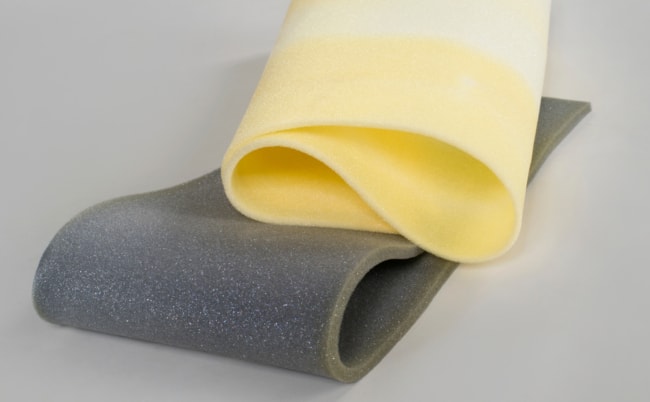




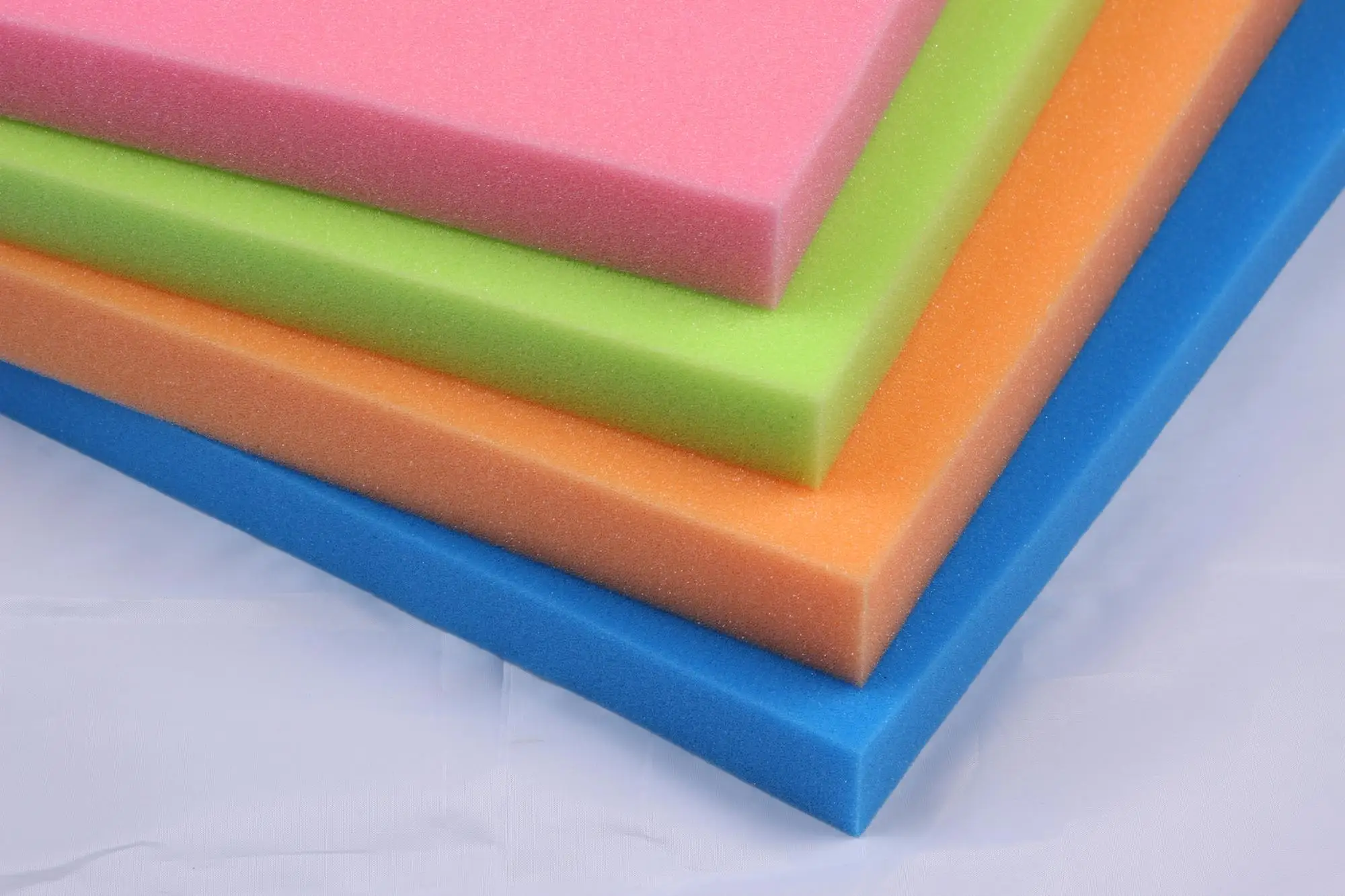

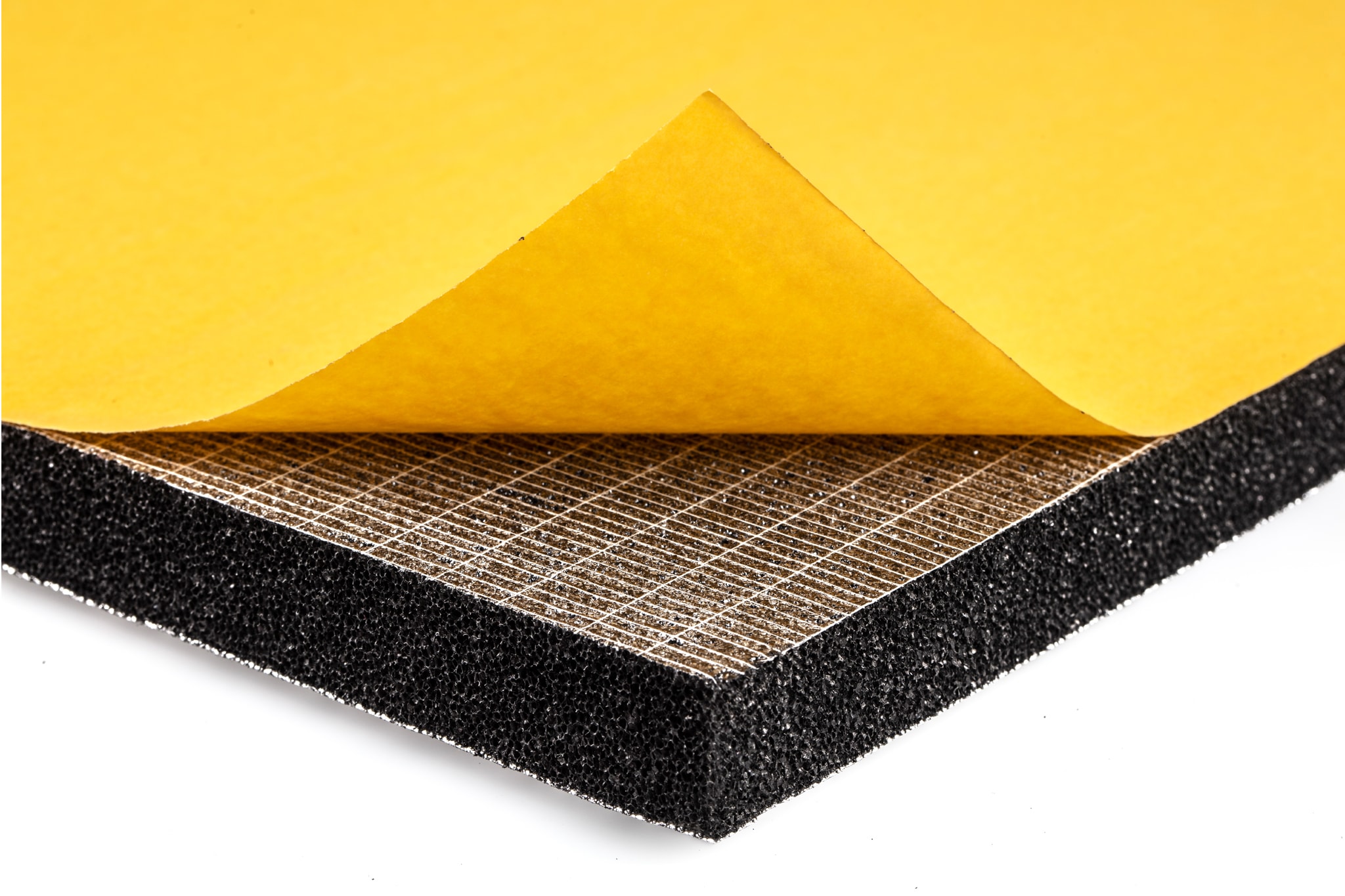


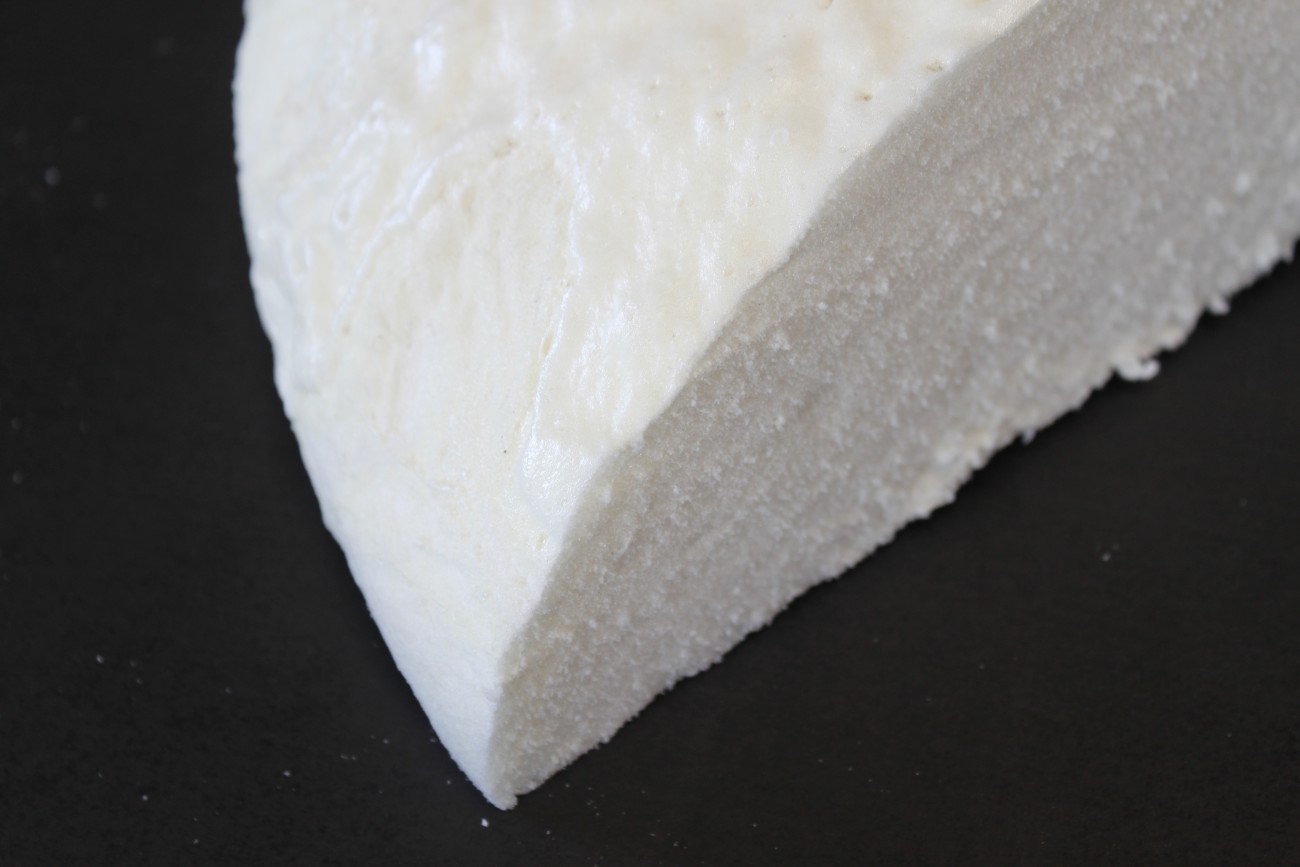






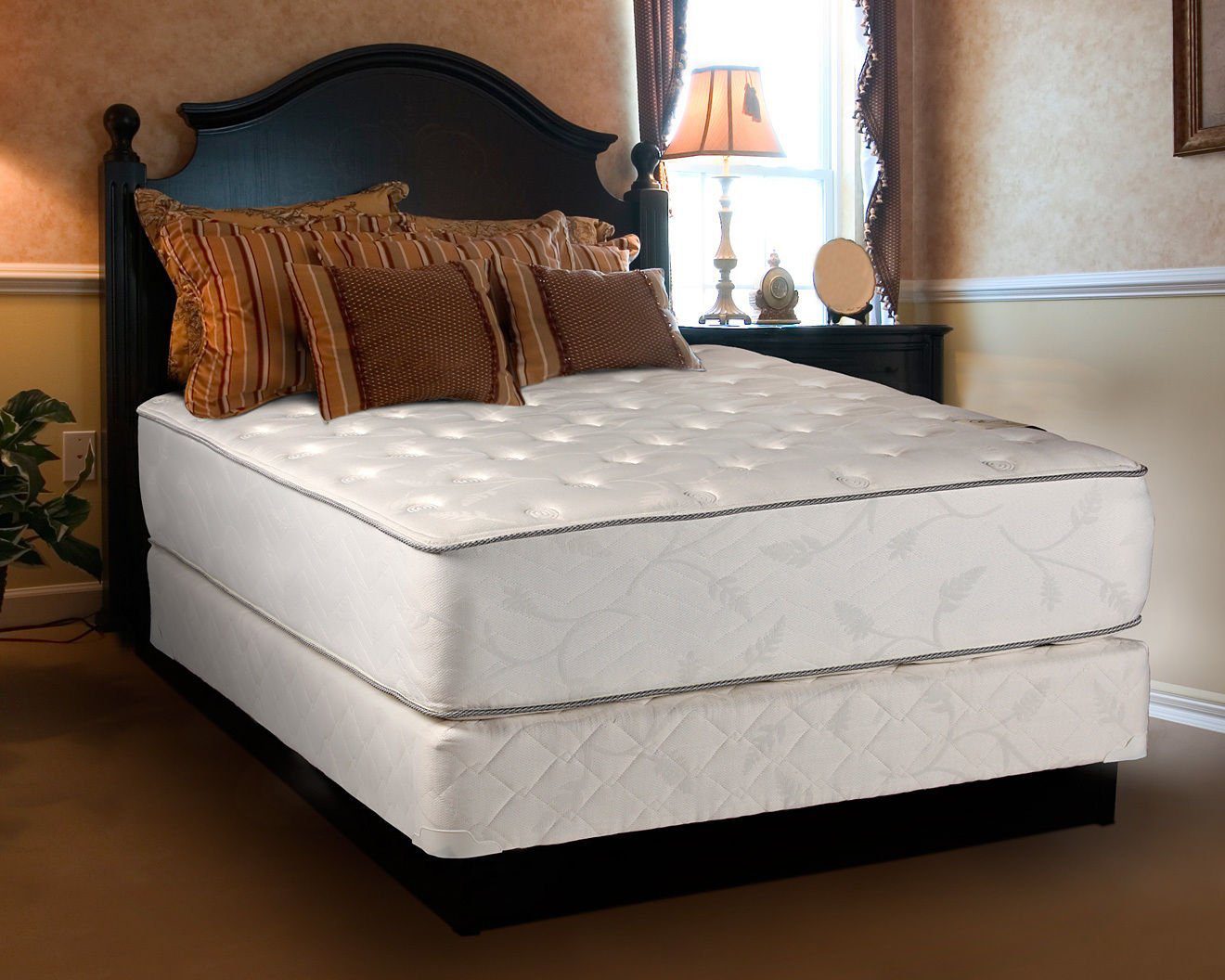
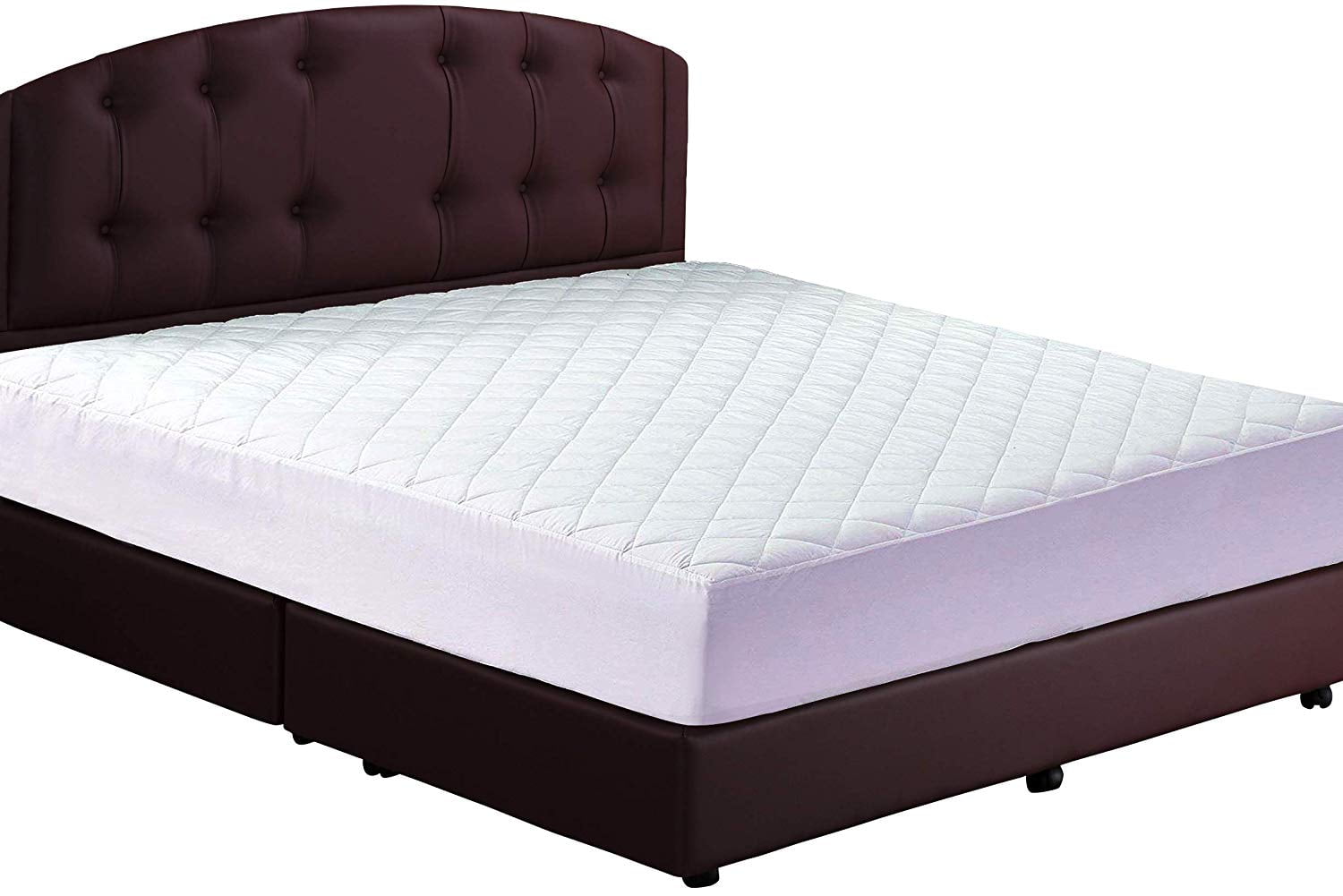



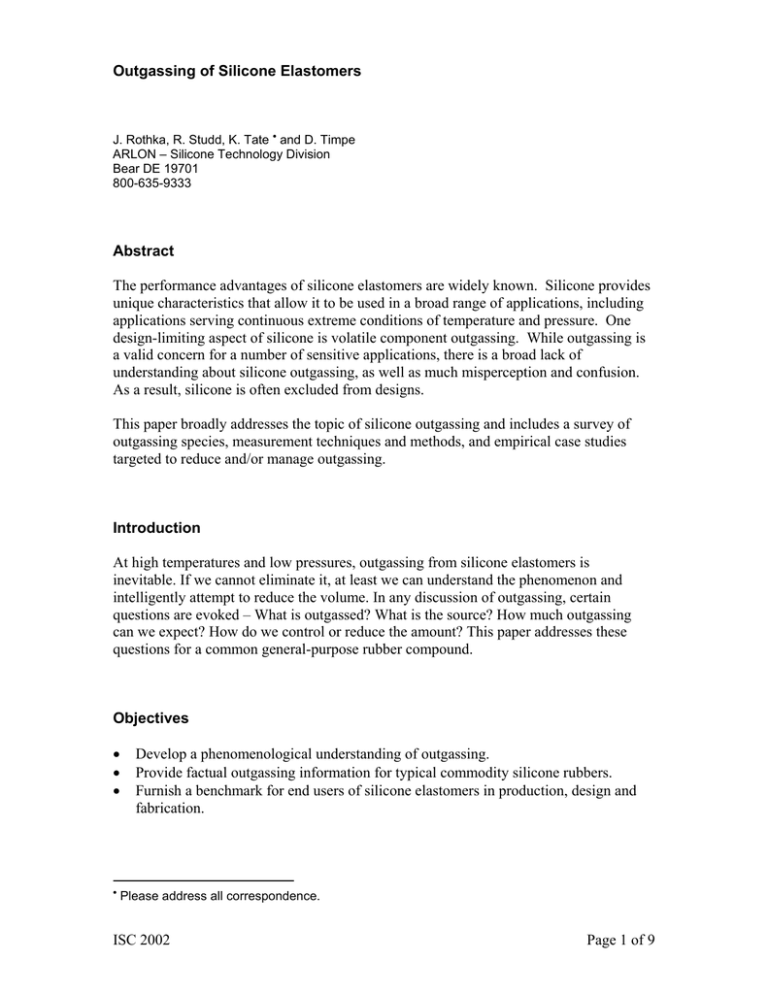



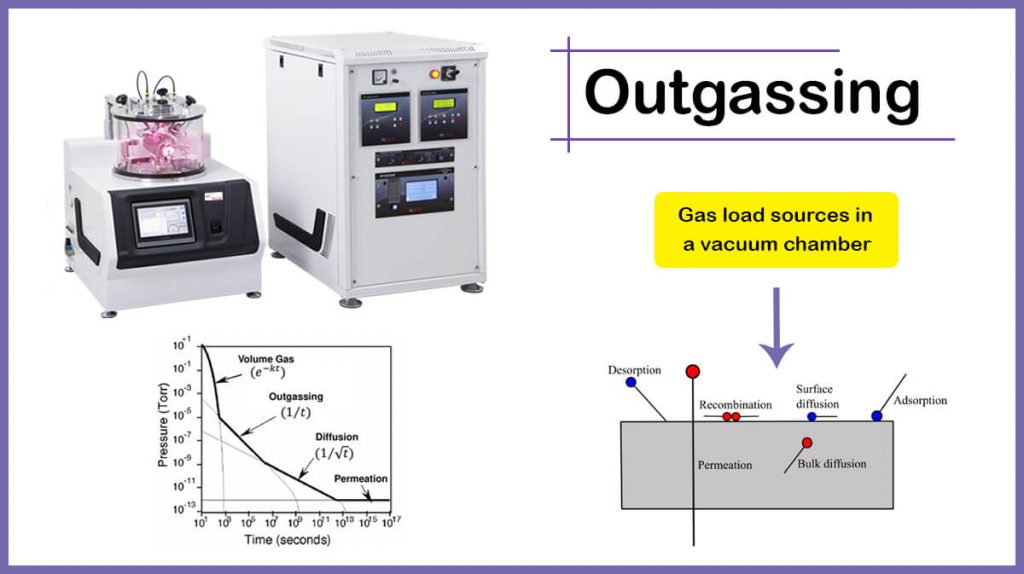
.jpg)



